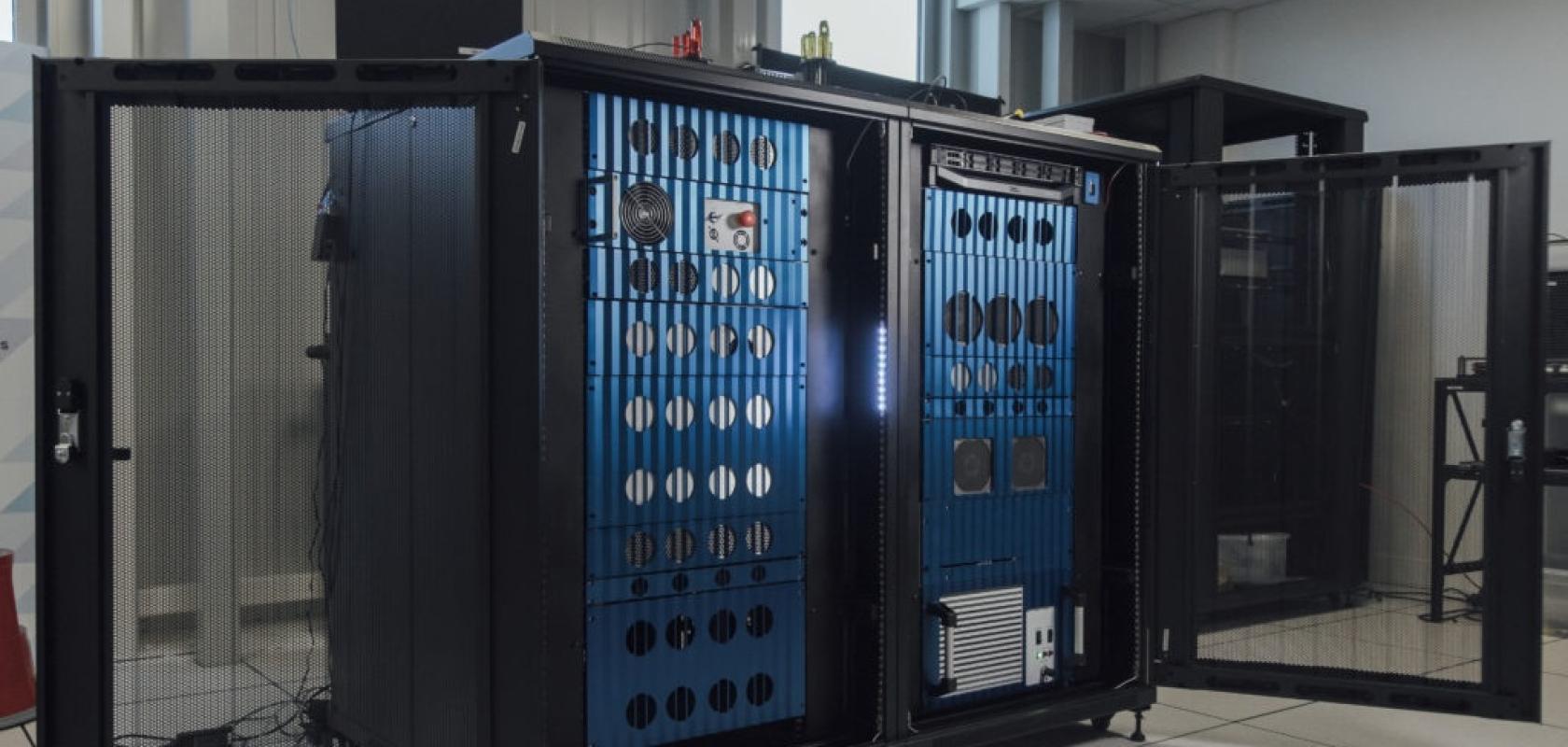The most powerful photonic universal quantum computer in Europe will soon be made available to academic and industry researchers.
Companies Quandela (France) and attocube systems (Germany) will supply the 12-qubit computer to CEA in France in 2025, with a remote access to 6-qubit Quandela system being made available by the end of 2024.
The firms were selected by the EuroHPC Joint Undertaking (EuroHPC JU), a legal and funding entity that helps EU and participating countries coordinate efforts and pool resources in the supercomputing race.
Quantum transitions from research to real-world application
The system, called Mosaiq-12, is a 12-qubit photonic quantum computer, a capacity set to double by 2026. It integrates Quandela’s qubit generator with attocube’s cryogenic system (attoCMC), alongside photon demultiplexing technology, a 24-mode photonic chip, high-precision single photon detectors, and a comprehensive electronic and software control stack.
The instrument has a compact two square-metre footprint and energy-efficient operation at under 5kW.
“This collaboration between Quandela and attocube exemplifies the successful transition of quantum technology from theoretical research to practical, real-world applications, marking a significant milestone in the commercialisation of quantum computing,” said Niccolo Somaschi, CEO and co-founder of Quandela, and Peter Kraemer, CEO of attocube systems.
Hosted and operated by CEA’s high performance computing infrastructure (TGCC), the Mosaiq-12 will be coupled to the Joliot-Curie supercomputer. This hybrid HPC-Quantum platform, known as ‘Lucy’, will be made available to serve the needs of French and European open research communities across academia and industry.
Quandela’s technology works by emitting single photons, which are routed by optical fibre to a chip where they interfere to perform a calculation. The result is measured at the output of the chip using detectors.
The architecture will enable the resolution of existing problems and the discovery of new use cases. Among the use cases already identified that could benefit from Lucy’s HPC-Quantum coupling are electromagnetic simulation, structural mechanics, combustion in engines, materials simulation, meteorology and earth observation.


